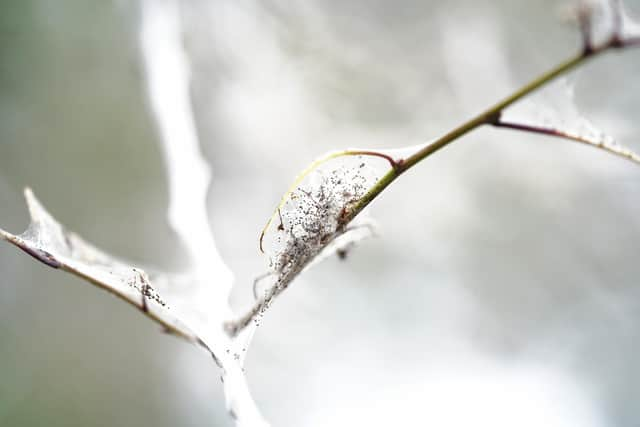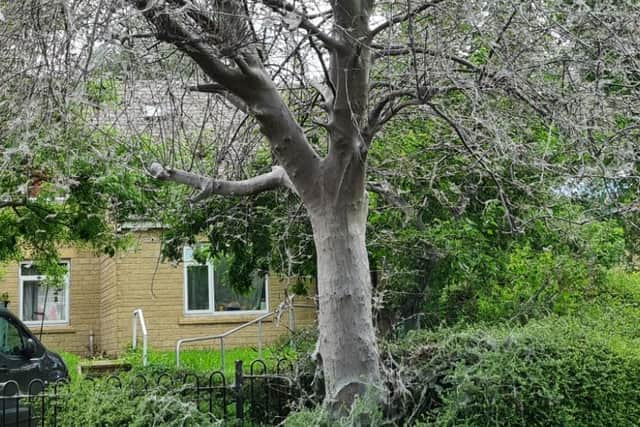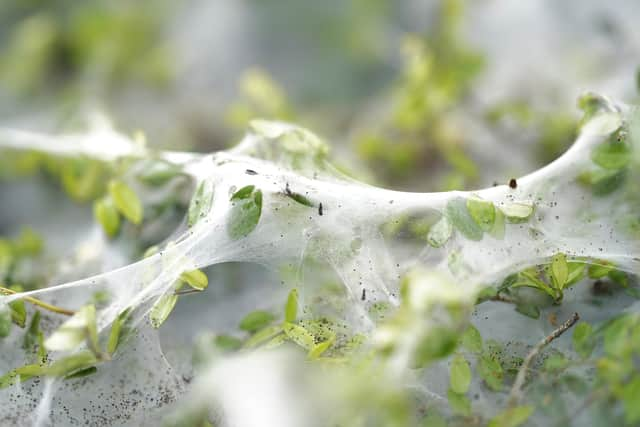‘Sinister’ - looking white caterpillar web forms on Sheffield trees at Manor, Batemoor and Jordanthorpe
and live on Freeview channel 276
Readers have been in touch with the Star after seeing what they have described as cobwebs covering the whole of the trees – but experts say they need not worry.
One resident has told how he had seen them near his home on Normancroft Way, near Manor, in the city.


Advertisement
Hide AdAdvertisement
Hide AdHe described the trees as ‘covered in silk’ from all the thousands of caterpillars which had taken over the trees, which he said looked impressive.
They have also been spotted in other parts of the city.
Jess Ann contacted The Star to tell us about the same phenomenon on Whinacre Walk, in Batemoor.
She said: “It’s just across my road – there are loads more infested too at Jordanthorpe. It’s madness! They’ve taken over loads of trees!”


Similar phenomena a few years ago was seen on hedges near Bawtry, in Doncaster, when small ermine moth caterpillars were thought to have formed the large communal web for their own protection.
Advertisement
Hide AdAdvertisement
Hide AdMark Parsons, head of moth conservation at the Butterfly Conservation charity, has explained what causes the phenomenon.
He said on the charity’s website: “At this time of year we often receive reports of ghostly silken webbing covering sections of hedgerows and, on occasions, individual trees. Although it can look rather sinister, don't be alarmed. The most likely culprit is a harmless caterpillar.
“These striking and obvious webs hide hundreds and sometimes tens of thousands of caterpillars of a group of moths called the Small Ermine moths.


Why do these species spin these webs and live together in such large numbers? It's a successful evolutionary strategy, providing protection from predators through safety in numbers. However, numbers are hard to hide and hence the production of the silken webbing.“These webs and caterpillars are harmless and usually last from May to June. The webs slowly disappear over the summer and typically the hedgerow shrubs/trees recover. The adult moths fly later in summer and all look superficially similar, being white or greyish with many small black dots, hence the ermine name.”

